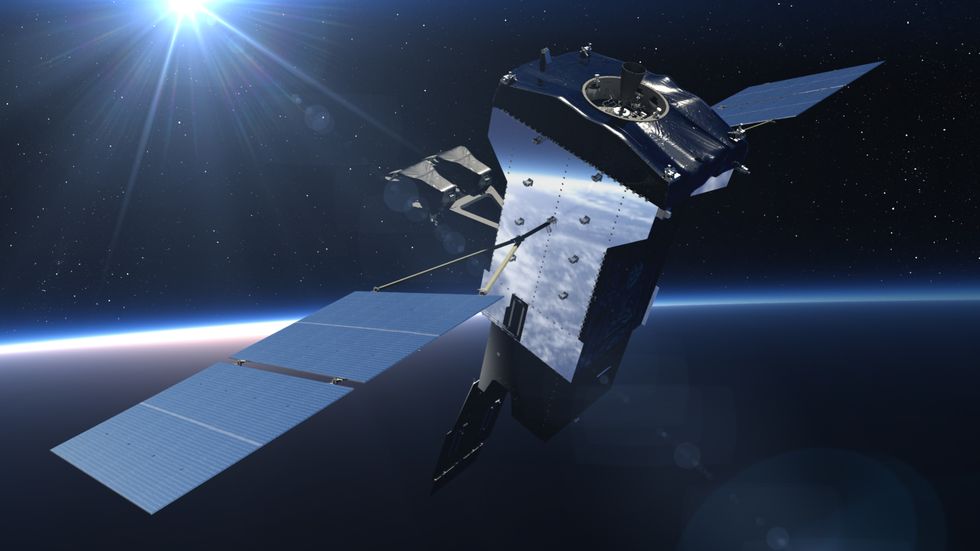
When the Space-Based Infrared System spotted ballistic missiles, U.S. troops had time to take cover.
Sep 16, 2020
A U.S. system designed to warn of enemy missile attacks successfully detected an Iranian missile attack in January. The early warning gave American troops at their Iraqi base time to take cover. U.S. Air Force personnel in Colorado detected and monitored the attack on the ground.
The U.S. Air Force is crediting an obscure, but important constellation of military satellites with saving American lives. The Space Based Infrared System (SBIRS) detected the launch of up to a dozen Iranian ballistic missiles in January—information that was passed to U.S. troops at the targeted Iraqi air base. While the attack injured more than 100 American servicemen and women, it didn’t lead to any deaths or serious injuries.
The attack took place on January 7, 2020. The Iranian government, in retaliation for the U.S. targeted killing of Iranian Revolutionary Guards Corps General Qassem Soleimani, launched more than a dozen ballistic missiles at American forces located at Al Asad air base and the city of Irbil. Although President Donald Trump assured the U.S. there were no casualties as a result of the attack, it was later disclosed more than 100 troops suffered brain injuries.
But it could have been worse. The reason injuries were so limited, the Air Force says, is because the attack was detected ahead of time—from space. According to C4ISRNet, the Air Force’s Defense Support Program (DSP), which is designed to spot ballistic missile launches worldwide, noticed the attack and was able to provide early warning, allowing American troops to shelter in place.
During the Cold War, the Pentagon built up an extensive worldwide network of sensors to detect missile launches. One aspect of this network was the SBIRS. While U.S. ground-based radars could only detect incoming missiles as they rose into view over America, satellites with infrared sensors could be stationed permanently in orbit above the Soviet Union, China, and every other conceivable adversary, ready to detect the telltale plumes of hot exhaust billowing from a ballistic missile.
SBIRS consists of four satellites in geosynchronous orbit and two in highly elliptical Earth orbits, each armed with infrared sensors. SBIRS coverage is unknown, but apparently covers a good deal of the globe, and the sensors are sensitive enough to detect even smaller launches, like Iraq’s 1991 Scud missile launches against Saudi Arabia and Israel.
In 2015, the Air Force noted that the SBIRS constellation had the ability to detect natural Earth-based phenomena such as wildfires and volcano eruptions, though it isn’t known if the service went on to share such information with interested parties.
U.S. Chief of Space Operations Gen John “Jay” Raymond credited the 2nd Space Warning Squadron at Buckley Air Force Base in Colorado for detecting the attack and providing warning information to U.S. Central Command.